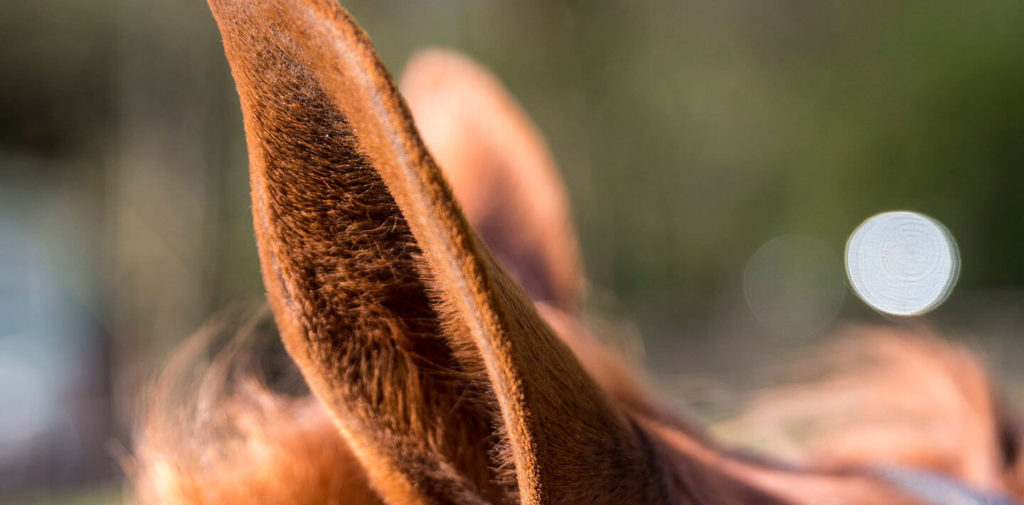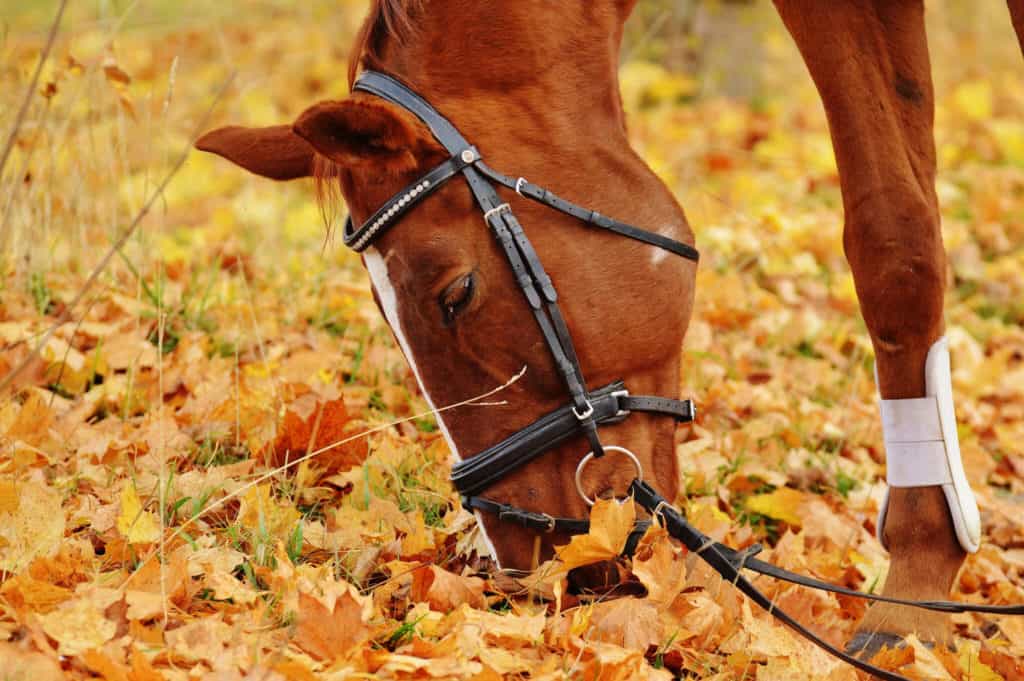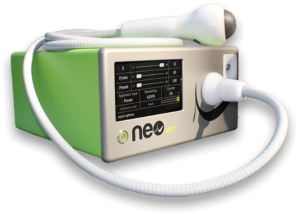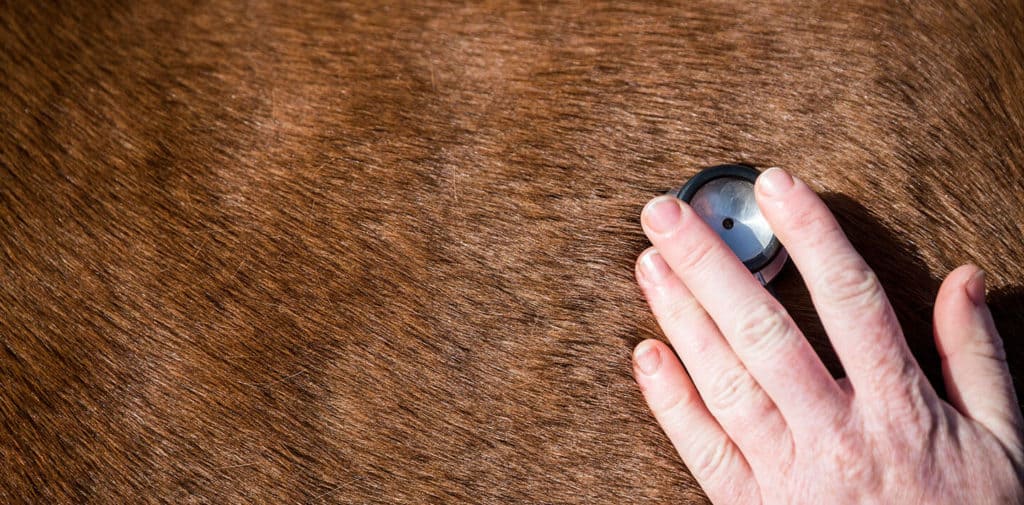WHY?
Colts are generally castrated for ease of management. The main concern in any scenario is the risk of unwanted coverings, resulting in the pregnancy of young mares, or competition horses not intend for breeding at that time. Most intact colts are difficult to keep in company with other mares, geldings or stallions, especially as they get older and the male hormones increase. They can become difficult to handle, and in some cases become dangerous to handlers and other horses around them. Occasionally some of these dangerous traits do not all disappear after castration, as they become learned, so we often encourage castration before these behaviours are learned, to reduce the risk of them remaining.
People often worry about the loss of breeding potential, should their horse turn out to be a high achiever. In most cases I believe the horse would have never achieved such high achievements if remaining intact, and being constantly distracted by the sights and smells of other horses around them.
HOW?
At Shotter and Byers we aim to perform as many castrations standing, under heavy sedation and local anaesthetic as possible. This method reduces the cost, the time taken and the risk of a general anaesthetic to the horse. The other method, under a general anaesthetic is useful in very small ponies where simply getting in under the abdomen while the pony is standing is impossible, or where a very fractious horse means standing sedation remains too dangerous for the surgeon. There are many factors to consider when making this choice, and they are best discussed with one of our vets when they arrive at the castration.
WHAT AGE?
A colt can be castrated at any age, as long as both testicles are descended sufficiently. There is a body of opinion that castration should be left as late as possible, in order to allow the horse to ‘mature’. However there is no evidence that foals left entire develop any differently from those castrated early. Indeed, on the continent it is common place for colt foals unsuitable to be kept for breeding purposes to be castrated when still suckling from the mare. There is evidence to suggest that those foals castrated at such a young age recover from the operation faster and with fewer complications than their older counterparts.
WHEN?
Colts can be castrated at any time of year; however they should ideally be castrated either in the spring or autumn, in order to avoid the flies and heat of the summer and the deep mud of winter, both of which can increase the risk of post-operative complications. We like to organise castrations for the morning time if possible, so the horse can wake up and be monitored through the afternoon, and any required checks or follow-ups can be done by the vet during normal hours.
PREPARATION
If possible, and if safe to do so, it is best to visualise, if not indeed feel two testicles in the scrotum, before booking castration, so as to confirm the surgery is possible. All our vets will do this before being the procedure anyway, but it is best to check in advance. On the day of the procedure we prefer a well-lit, dry and clean straw bedded quiet stable if possible. This is because shavings, sawdust or chopped straw all makes its way into a wound easier, and is best avoided if possible. Castration can be performed outside in a yard or a field if necessary. The only other things the vet will want are a bucket of warm clean water, and a competent handler for the horse.
AFTERCARE
Most horses will be turned out in a small paddock soon after surgery, depending on the size and age of the horse. The vet will confirm the plan at the time of castration. Complete box rest is not encouraged, as exercise will promote drainage and minimise swelling at the surgical site. The colt may be prescribed a short course of antibiotics and painkillers following surgery. It is best if your colt has received its primary course of tetanus vaccinations at least four weeks before the procedure, but if not, let the attending vet know, and tetanus anti-toxin will be given at the time of surgery. The surgical site will need to be inspected on a daily basis for rapid detection of any possible complications. If there are no post-operative complications the incisions should be completely healed within ten days.
A small amount of blood dripping from the wound in the first twenty-four hours after castration is normal, but if it ever exceeds a fast drip, please ring Shotter and Byer Practice, or the castrating vet immediately. A small amount of swelling after the procedure is also normal, the scrotum may return to the size it was pre-surgery for a few days, but this is normal, and will reduce over a few days if exercise levels are maintained. If swollen more than this, or anything is seen hanging from the incision site, please feel free to contact the vet direct, or please send a picture through to the vet for further advice.
Colt can remain fertile for up to two months after being gelded, so should not be turned out with mares for at least two months following castration.
If you are considering castrating a colt, please feel free to ring our practice, or one of our vets direct to discuss logistics, and costings in advance. We can get it organised and booked in to suit you.














